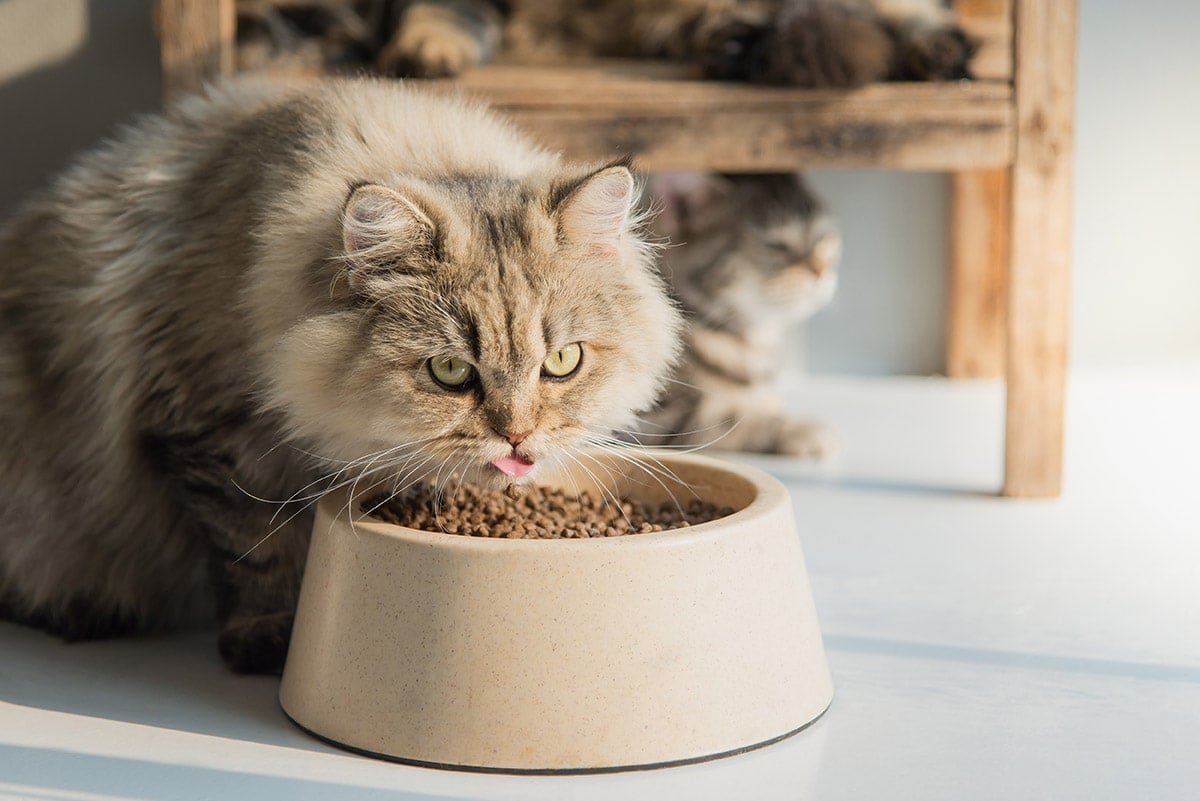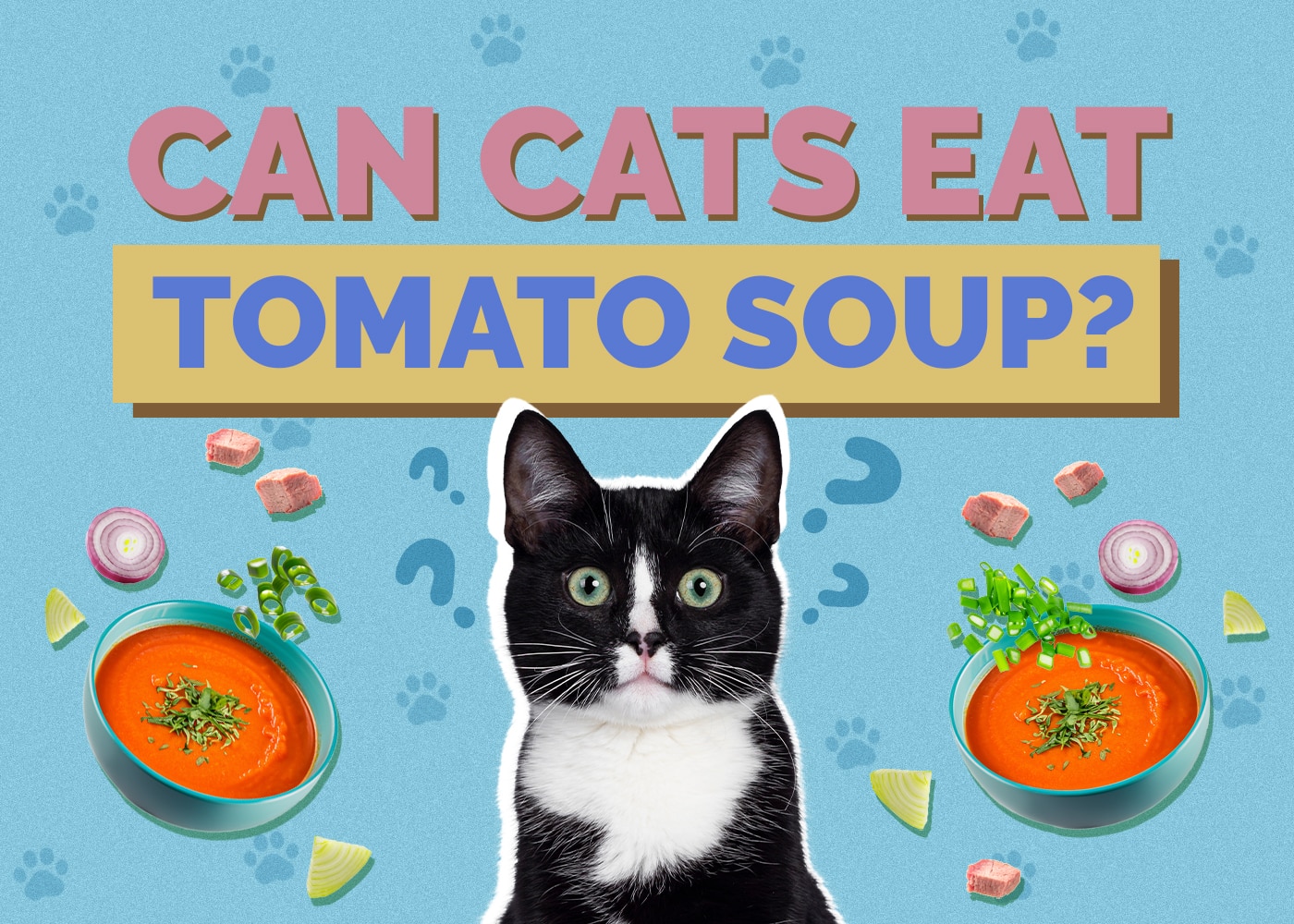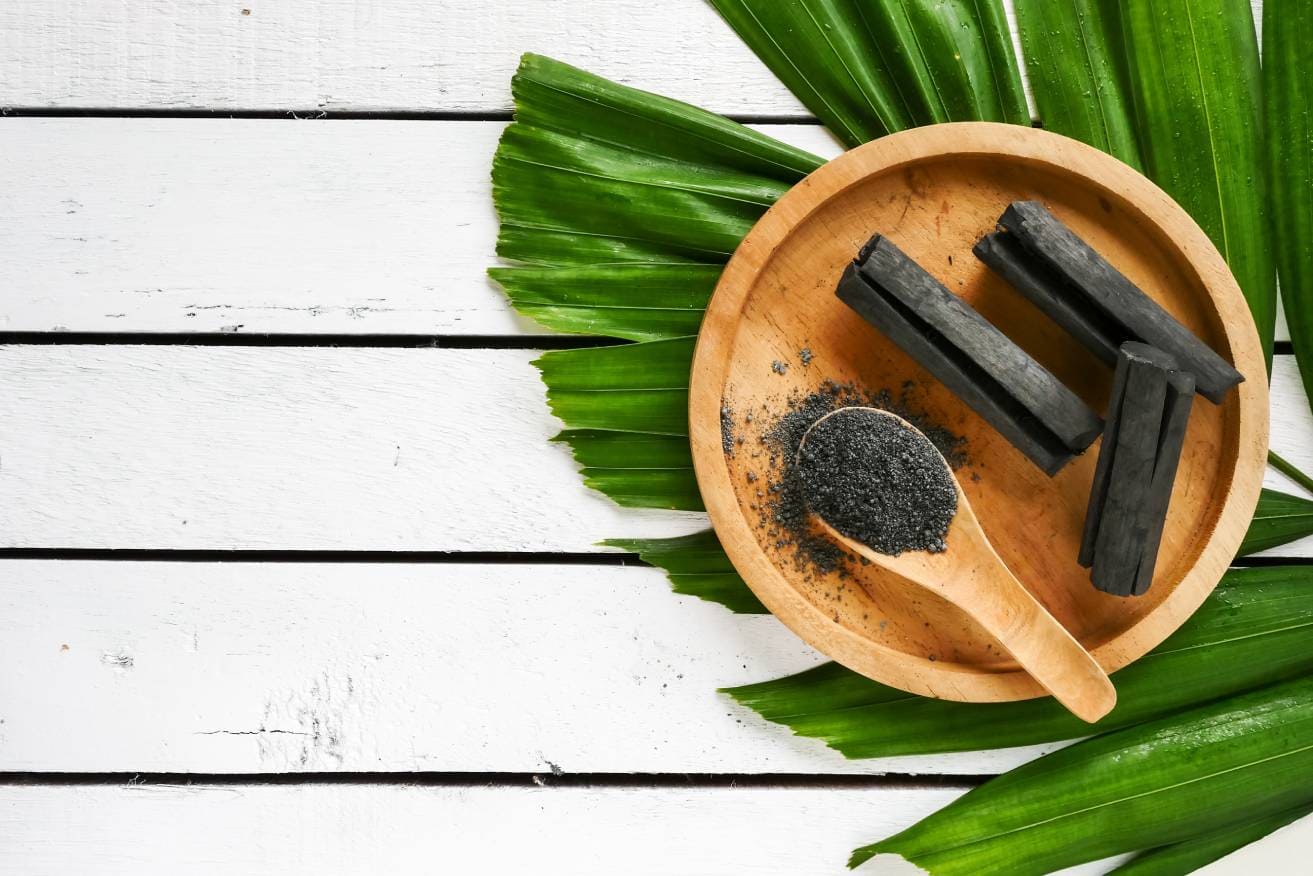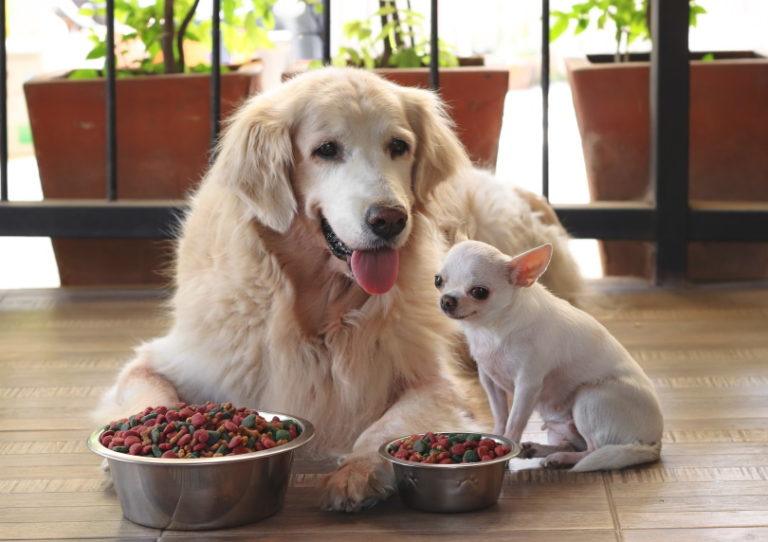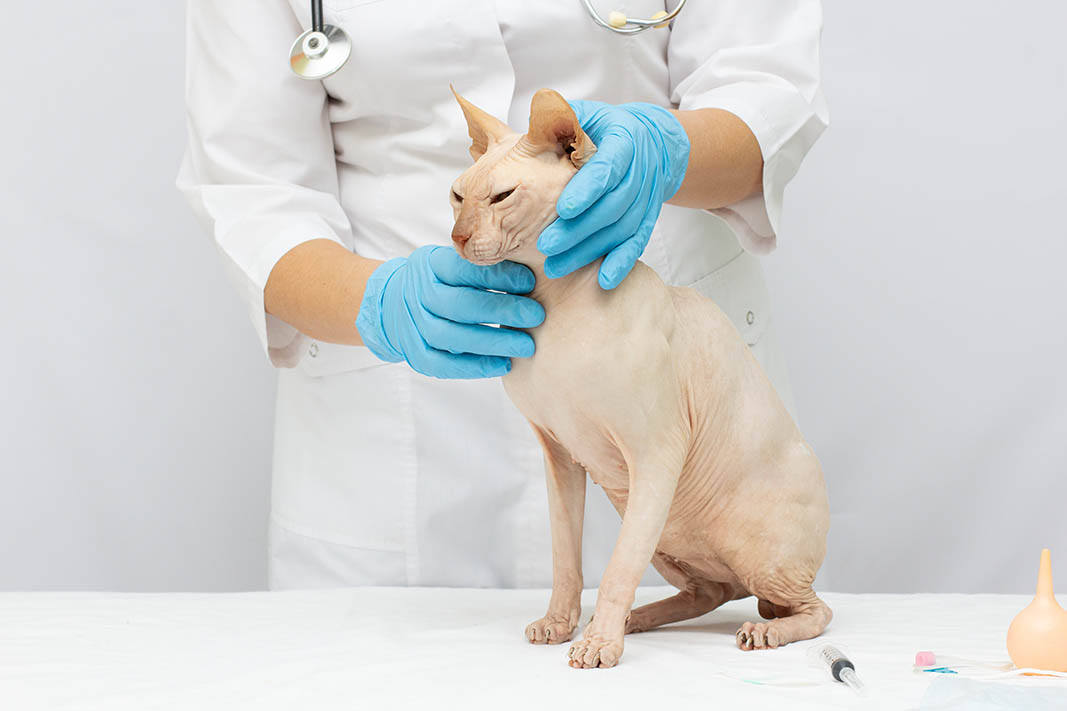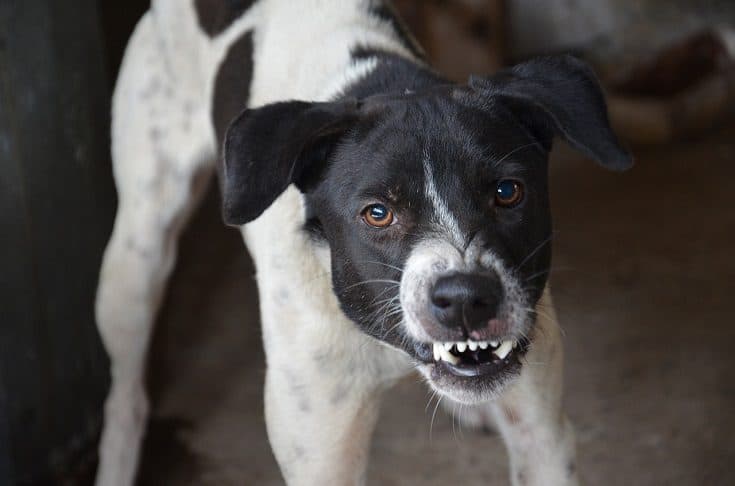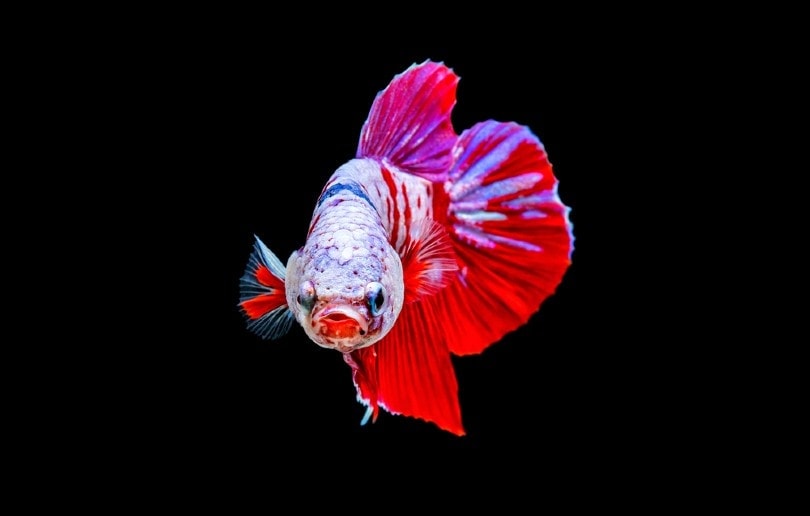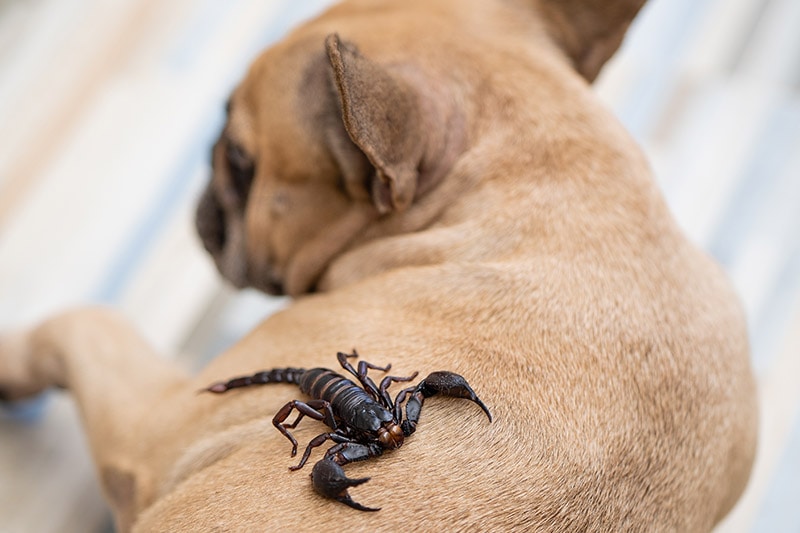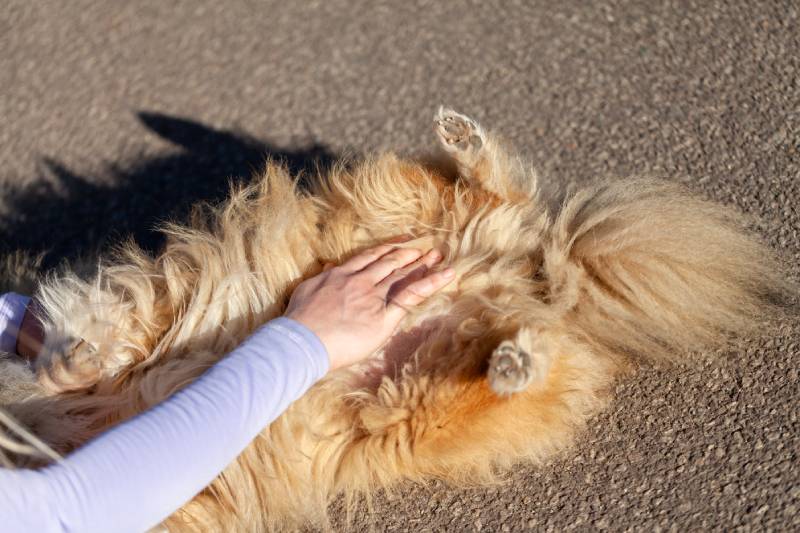Can Cats Eat Barley? What You Need to Know!
Updated on
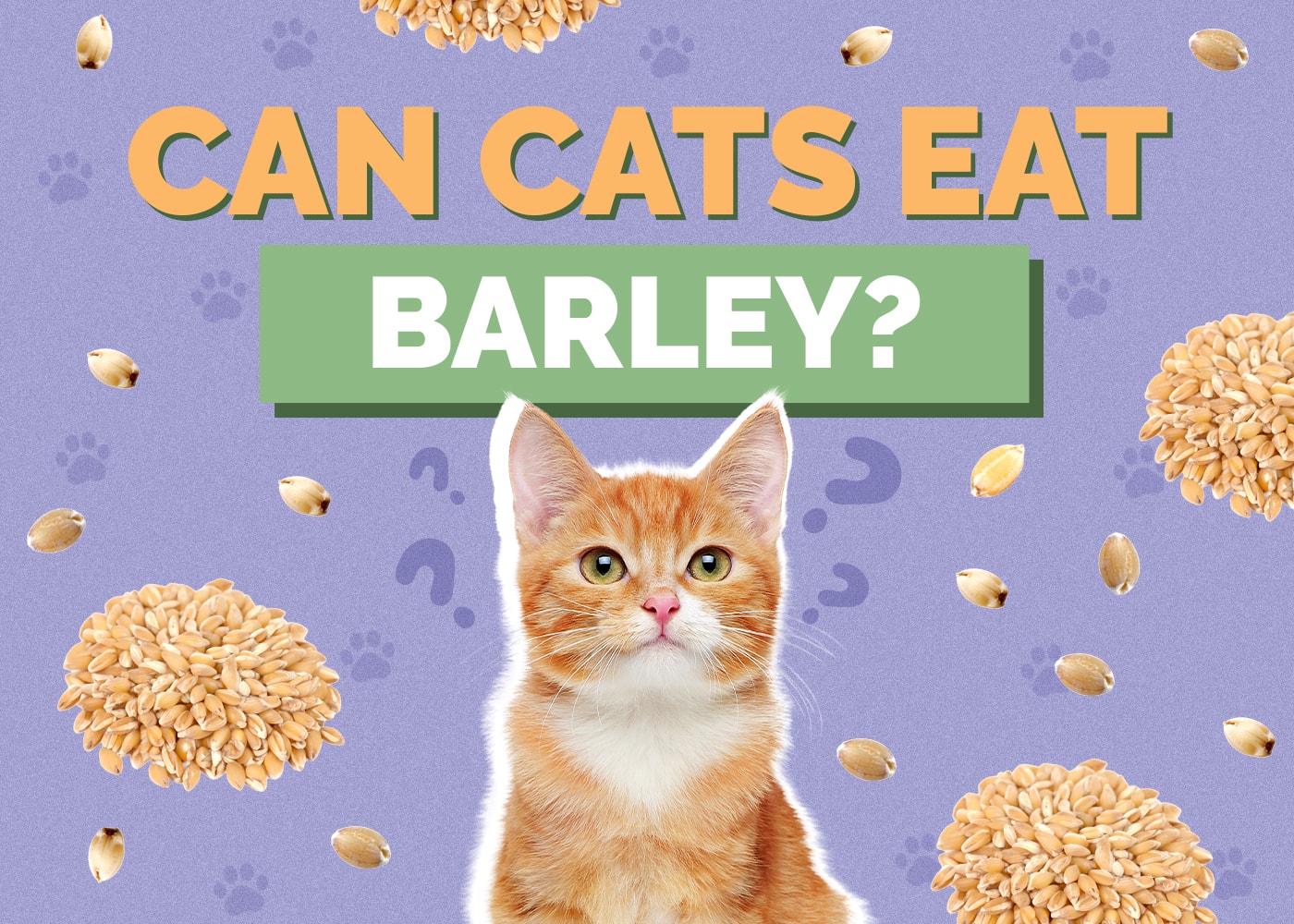
Cats are obligate carnivores, and cat food should include meat. However, our pet felines can eat, enjoy, and benefit from consuming cereals. Barley, among others, is an excellent source of essential nutrients. Thus, integrating cereals into your feline’s diet is one of the best ways to provide them with lasting energy and fiber for the good health of their digestive system.
But there is a difference between the grains already included in your cat’s dry diet (kibble) and the barley that we consume in our diets. Regarding the latter, you have two options: offer your cat cooked barley, in the form of porridge, or offer barley grass. The two options have different benefits, which you will discover as you read on.
 What Is Barley Grass?
What Is Barley Grass?
Barley (Hordeum vulgare) is a type of grain considered the fourth most important cereal crop in the world. Barley grass is the leaf of the barley plant. These very tender sprouts have been widely studied for their beneficial effects on human health and can be consumed as a green juice or in supplements.
Barley grass is also known as cat grass, which can be a mixture of oat, rye, or wheat grasses. Barley shoots have properties that improve the cat’s digestion.

Is Barley Grass Healthy for Cats?
Absolutely! Barley shoots are a valuable source of fiber, vitamins, and minerals for your kitty, especially if they never go outside. Cats not only adore these tender stems, but they benefit from them. As a digestion aid, barley leaves help prevent hairballs. So, if your cat regurgitates after eating barley grass, it’s completely normal.
The shoots are also a natural supplement to your cat’s diet. They contain nutrients, vitamins K and C, beta-carotene, proteins, amino acids, chlorophyll, and essential trace elements. These nutrients help, among other things, to maintain healthy skin and a shiny, silky coat.
In short, barley sprouts are a great source of micronutrients for cats, improve their digestion, help remove hairballs, and keep them stimulated and alert. By the way, barley leaves or shoots are also good for you! Many people puree the fresh sprouts for a delicious smoothie packed with vitamins and minerals.

Why Do Cats Eat Grass?
When grooming, cats ingest a significant amount of hair. It can sometimes form balls that collect in the esophagus or stomach. If not removed, hairballs can lead to anorexia, pancreatitis, vomiting, intestinal obstruction, and even cancer.
To avoid these problems, you can brush your cat regularly. However, another natural, simple, and economical solution is cat grass! Eating grass shoots facilitates the regurgitation of the hair. The blades of grass will wrap around the hairballs, making them easier to regurgitate.
Moreover, cats find specific vitamins in grass shoots that are not necessarily in their carnivorous diet. However, if your kitty consumes a lot of grass, it may also be a sign of a vitamin B deficiency or a diet that is too low in fiber. Take a good look at their kibble or wet food labels to check that the fiber is present in sufficient quantities.
Finally, unlike cats who go outside, indoor cats don’t often have the opportunity to munch on fresh shoots. Thus, it is not uncommon for our little felines to attack indoor plants, which are sometimes toxic to them. Therefore, if your cat never leaves your house, it is essential to offer them cat grass.
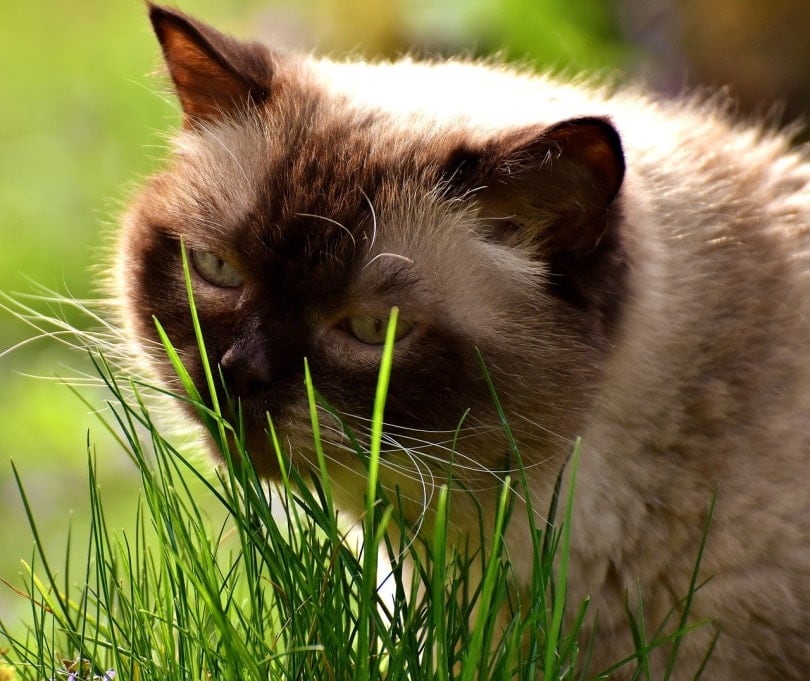
How to Grow Barley Grass at Home
You don’t have to have a green thumb to grow cat grass! You can quickly grow barley grass at home, on your balcony, or in a pot on the ground. Grass shoots require very little maintenance: water, light, and a little patience!
You can get cat barley seeds at pet stores. However, remember that cats can be finicky. Although most kitties love barley sprouts, some cats aren’t interested. If that happens, you can repeat the experiment with another herb mixture, such as oats or rye.
- One: Fill a heavy pot (which your cat won’t easily tip over) with loose potting soil. Sprinkle with barley seeds and cover with ¼ inch of soil.
- Two: Cover the container with plastic wrap and store it at room temperature. Be sure to keep it out of direct sunlight, and always keep the soil moist.
- Three: After 7 days, the first shoots should appear. Remove the plastic wrap and move the pot to a sunny location, continuing to water as soon as the soil feels dry to the touch.
- Four: As soon as the grass shoots are about 3 inches tall, you can serve them to your kitty.
- Five: After a while, your barley grass may wilt. Remove the dead shoots and replant new seeds. For a constant supply of fresh green shoots, plant a few pots a week or two apart.
Can You Give Cooked Barley to Your Cat?
You can serve barley occasionally unless your cat is on a strict diet. Ensure it is cooked through so your kitty can fully digest it. Cooked barley provides protein, fiber, essential fatty acids, B vitamins, and antioxidants, which benefit your feline’s vision, immunity, and intestinal transit.
Side note: Before changing your cat’s diet, consult your veterinarian.
Now that you know what you can safely feed your cat, it’s just as important to find a bowl that supports their health and well-being. With whisker-friendly bowls and a wide tray to catch any spills, our Hepper NomNom Cat Bowl is our favorite option.
 Bottom Line
Bottom Line
Barley, whether sprouted or cooked, can be fed to your cat without any problems. Nonetheless, barley grass appears to have more health benefits for your kitty, in addition to being easy to grow at home. If your pet does not go outside, give them access to a pot of cat grass so that they can safely enjoy all of the benefits.
See also:
Featured Image Credit: MabelAmber, Pixabay
 What Is Barley Grass?
What Is Barley Grass?
